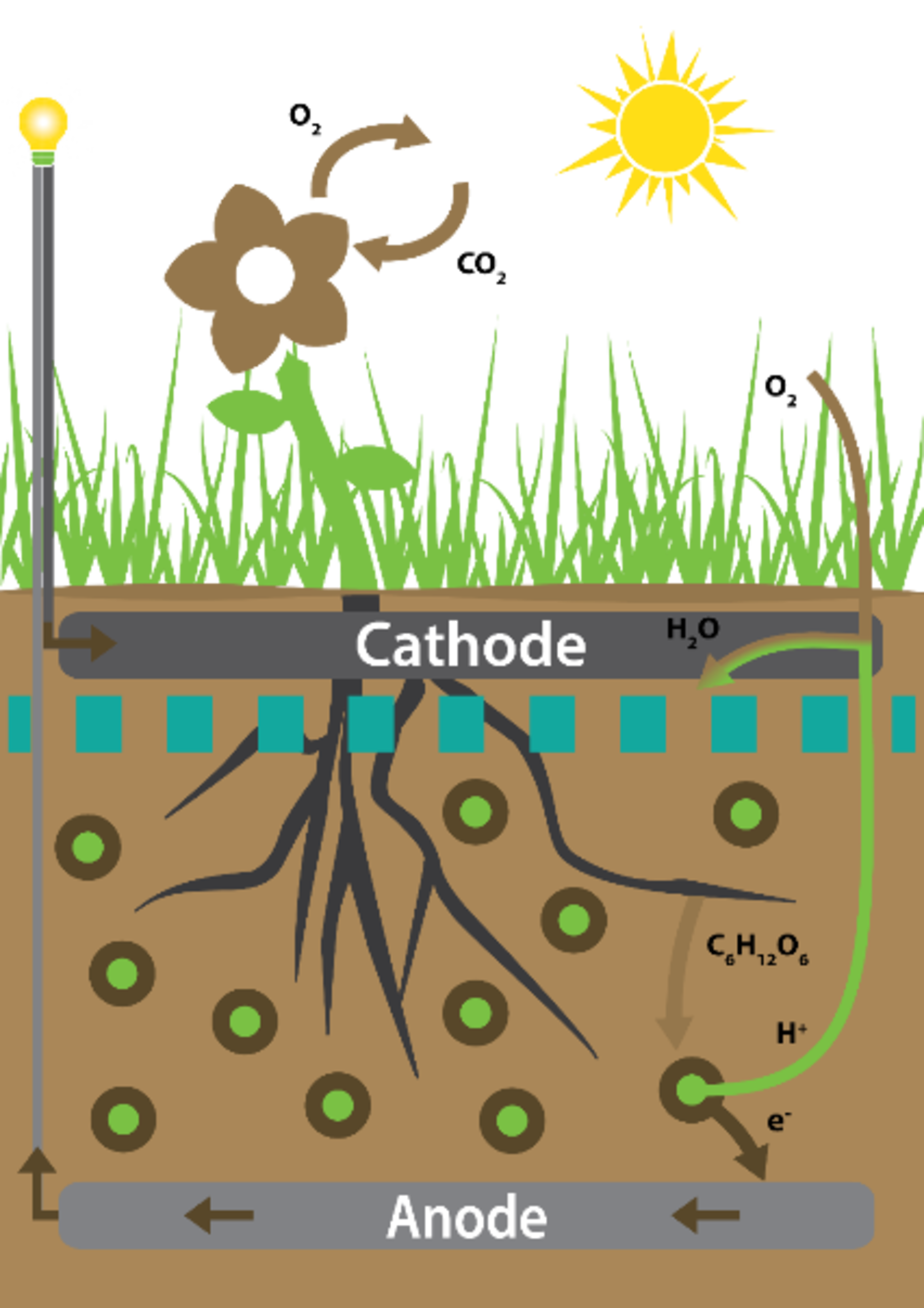Global S&T Development Trend Analysis Platform of Resources and Environment
| Plant-powered sensor sends signal to space | |
| admin | |
| 2020-01-15 | |
| 发布年 | 2020 |
| 语种 | 英语 |
| 国家 | 欧洲 |
| 领域 | 地球科学 |
| 正文(英文) | A device that uses electricity generated by plants as its power source has communicated via satellite – a world first. Such sensors could be used to connect everyday objects in remote locations, enabling them to send and receive data as part of the Internet of Things. The device can inform farmers about the conditions of their crops to help increase yield, and enable retailers to gain detailed information about potential harvests. It transmits data on air humidity, soil moisture and temperature, enabling field-by-field reporting from agricultural land, rice fields or other aquatic environments. The extremely low power device sends signals at radio frequencies that are picked up by satellites in low Earth orbit. It was developed by Dutch company Plant-e and Lacuna Space, which is based in the Netherlands and the UK, under ESA’s programme of Advanced Research in Telecommunications Systems (ARTES). 
Plants produce organic matter through photosynthesis, but only part of this matter is used for plant growth. The rest is excreted into the soil through the plant’s roots. In the soil, bacteria around the roots break down this organic matter, releasing electrons as a waste product. The technology developed by Plant-e harvests these electrons to power small electrical devices. “This opens up a new era in sustainable satellite communications,” says Rob Spurrett, chief executive and co-founder of Lacuna Space. “There are many regions in the world that are difficult to reach, which makes regular maintenance expensive and the use of solar power impossible. “Through this technology, we can help people, communities and companies in those regions to improve their lives and businesses.” Marjolein Helder, chief executive of Plant-e, says: “This collaboration shows how effective plant-electricity already is at its current state of development. We hope this inspires others to consider plant electricity as a serious option.” Frank Zeppenfeldt, who works on future satellite communication systems at ESA, says: “We are very enthusiastic about this demonstration that combines biotechnology and space technology. “A number of new opportunities for satellite-based Internet-of-Things will be enabled by this. It will help to collect small data points in agricultural, logistic, maritime and transportation applications—where terrestrial connectivity is not always available.” |
| URL | 查看原文 |
| 来源平台 | European Space Agency |
| 文献类型 | 新闻 |
| 条目标识符 | http://119.78.100.173/C666/handle/2XK7JSWQ/220847 |
| 专题 | 地球科学 |
| 推荐引用方式 GB/T 7714 | admin. Plant-powered sensor sends signal to space. 2020. |
| 条目包含的文件 | 条目无相关文件。 | |||||
| 个性服务 |
| 推荐该条目 |
| 保存到收藏夹 |
| 查看访问统计 |
| 导出为Endnote文件 |
| 谷歌学术 |
| 谷歌学术中相似的文章 |
| [admin]的文章 |
| 百度学术 |
| 百度学术中相似的文章 |
| [admin]的文章 |
| 必应学术 |
| 必应学术中相似的文章 |
| [admin]的文章 |
| 相关权益政策 |
| 暂无数据 |
| 收藏/分享 |
除非特别说明,本系统中所有内容都受版权保护,并保留所有权利。
修改评论